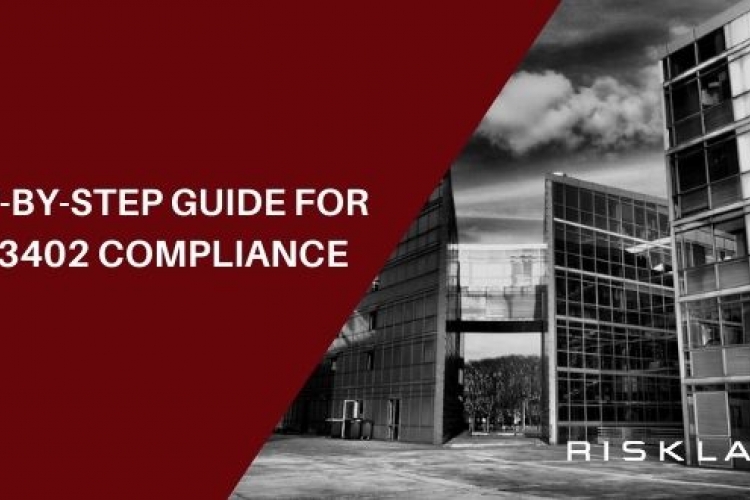Implementation of ISO 9001
The ISO/IEC 9001 standard is the international standard for quality control. The ISO 9001 standard focuses on two important aspects: meeting customer requirements and increasing customer satisfaction. For this purpose, a number of specific aspects have been identified within the ISO 9001 standard that have been elaborated in requirements.
Phase 1
An ISO 9001 implementation starts in the first phase with determining the scope. This scope includes the quality management system aimed at meeting the requirements of customers and improving customer satisfaction.
Deliverable: scope ISO 9001
Phase 2
In the second phase, the organization must draw up a general quality management policy. The general part describes at least what the characteristics of the organization are, what the characteristics of the services and/or products of the organization are and the inputs and expected outputs as well as the required resources for processes – responsibilities and authorities.
With regard to the policy is included:
- A description of the risk framework. You can choose from various risk frameworks, such as COSO 2013 or ISO 31000. The risk framework must be described from the perspective of quality control.
- How are any laws and regulations, requirements and guidelines set by the organization itself regarding quality.
- The policy must demonstrably be in line with the current risk management framework that has been set up (connection with COSO 2013). It should also include how the organization deals with the implementation and control of the quality management system and the methods and control necessary to establish that procedures are carried out effectively.
- Which processes have been determined for evaluation and improvement of the quality management system.
- The management or management of the organization must approve the policy.
Deliverable: policy document
Phase 3
In Phase three, a risk analysis in the field of quality management is performed. The processes and procedures are described in response to the risks identified in Phase Three. Subsequently, the procedures and processes are implemented in the organization and finally the quality management manual is drawn up and made available to all employees of the organization.
Deliverable: Risk Analysis & Quality Management Handbook
Phase 4
After the description of the manual, in the fourth phase a pre-audit or walkthrough is carried out in which all control measures and ISO 9001 procedures are tested and possible problem areas are identified for the final audit.
Phase 5
In the fifth phase, as a result of the pre-audit, improvements in control measures and the quality management system are implemented and solutions are realized for the identified problem areas.
Phase 6
In the sixth and final phase, the ISO 9001 audit is performed by a certifying institution and the ISO 9001 certificate is obtained.







